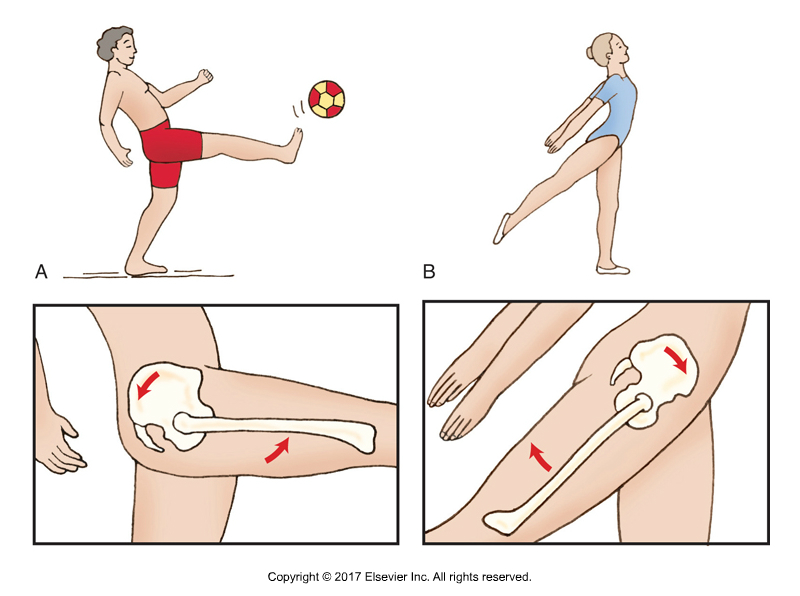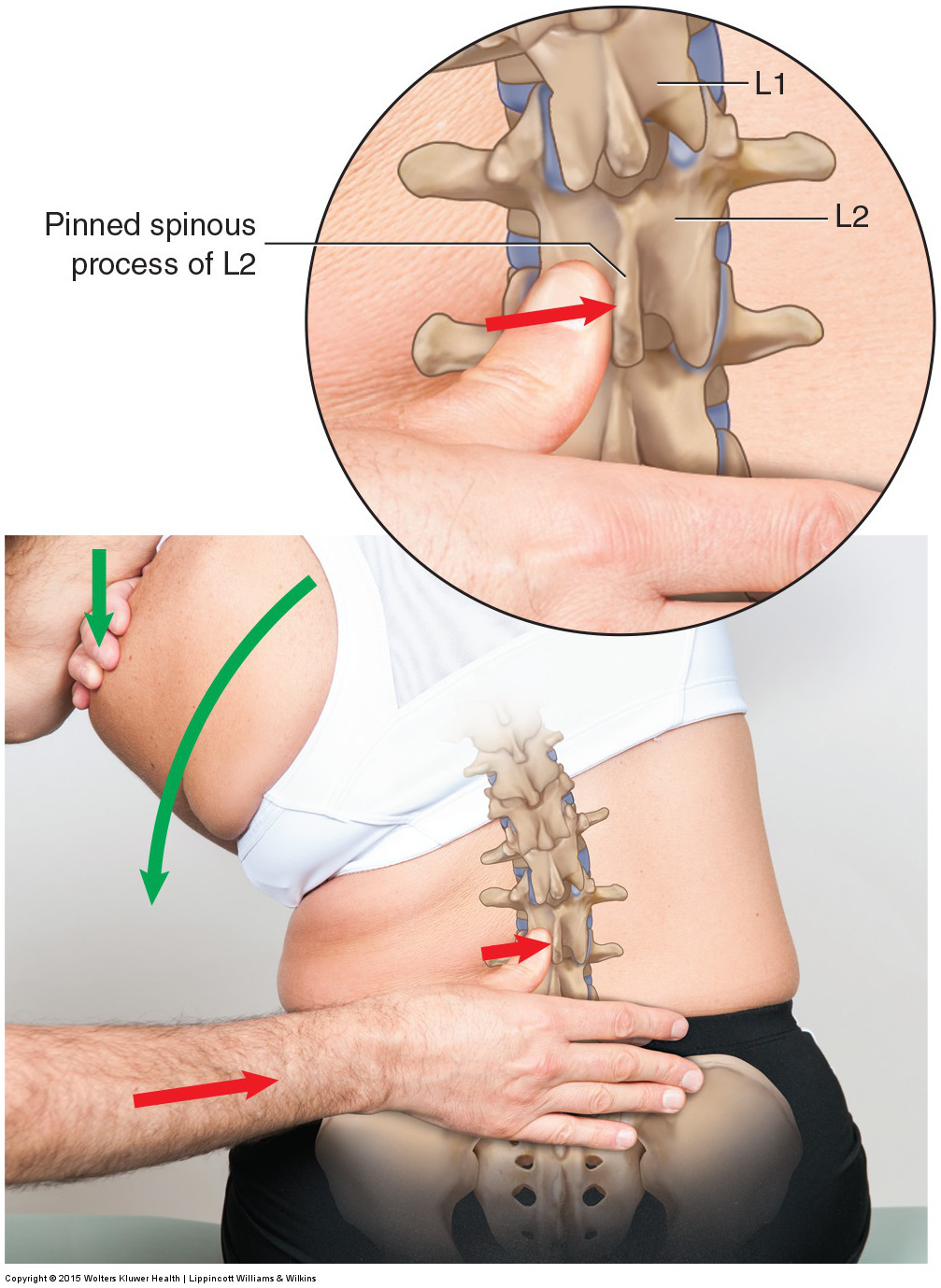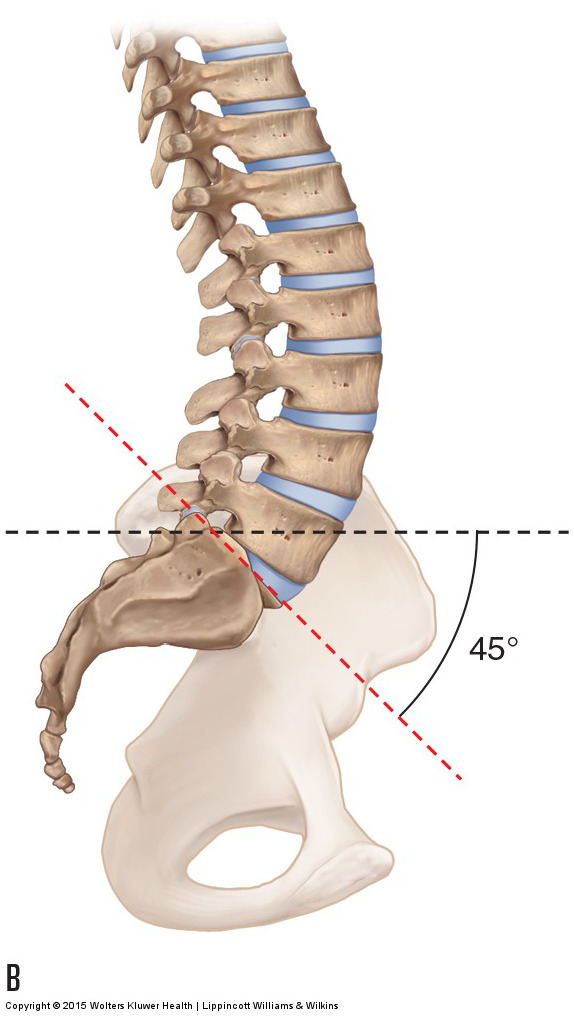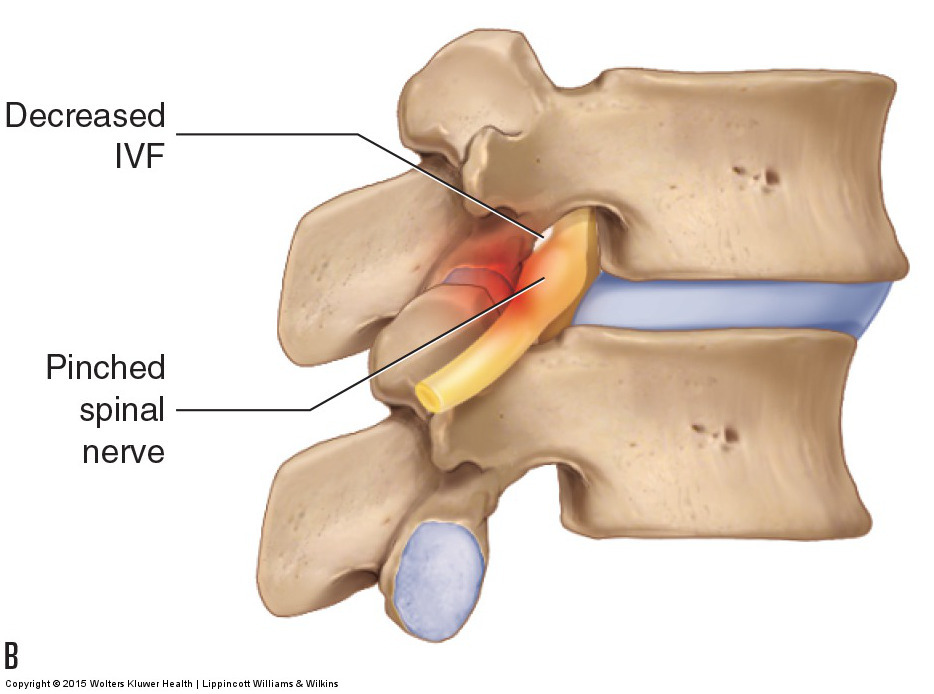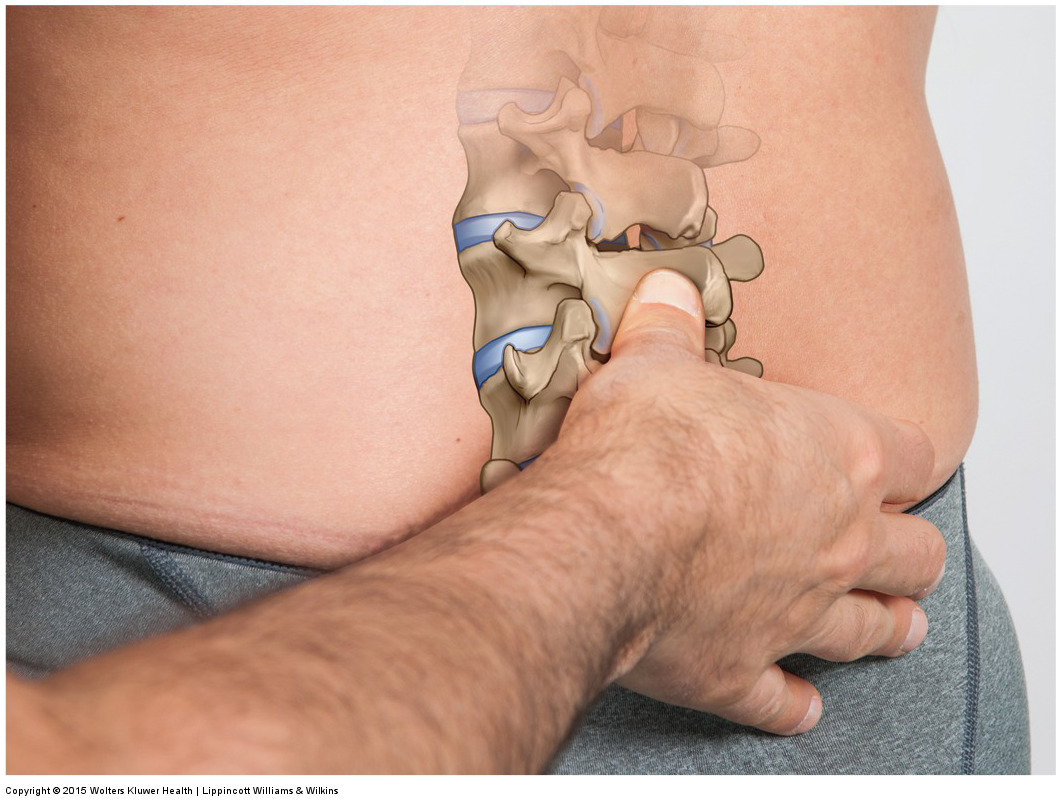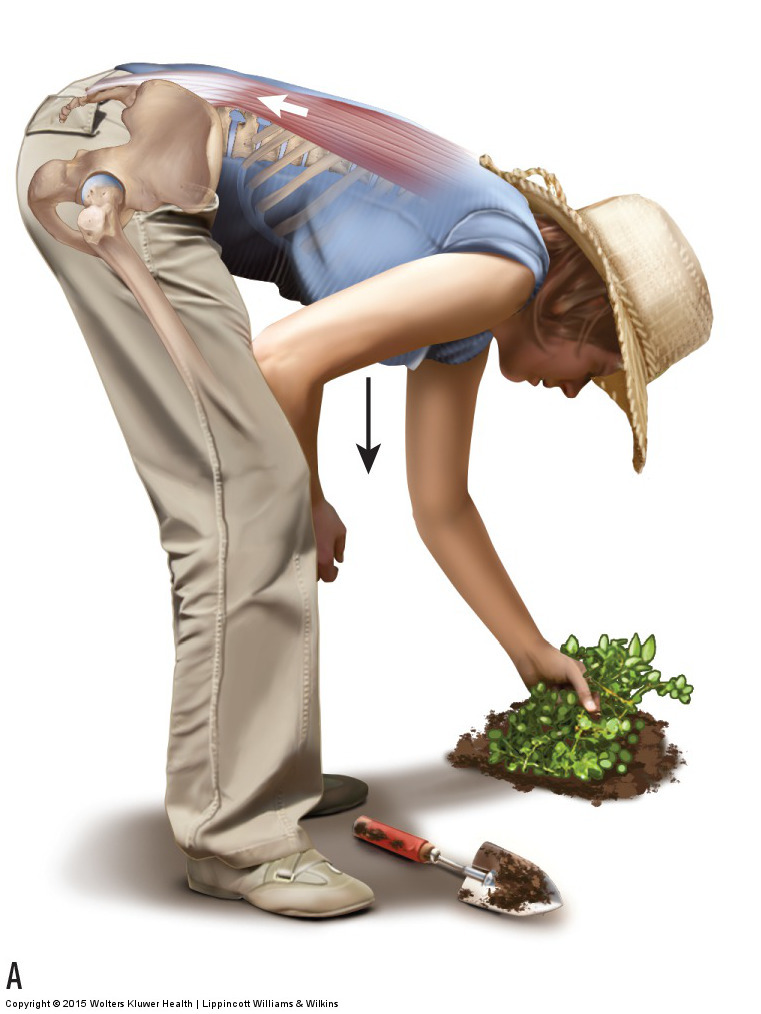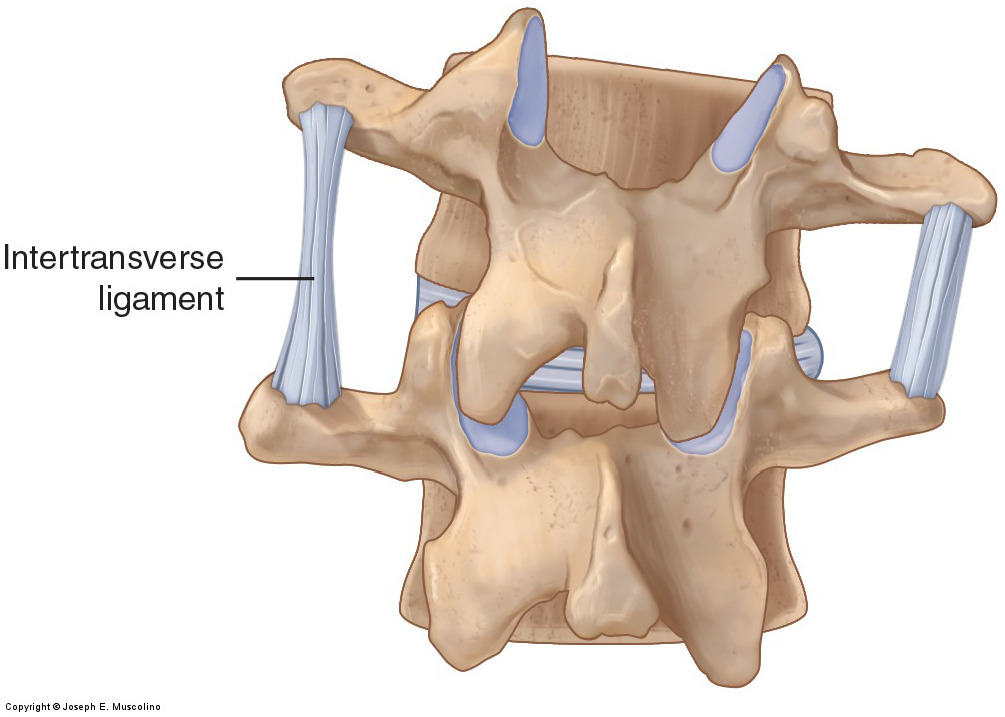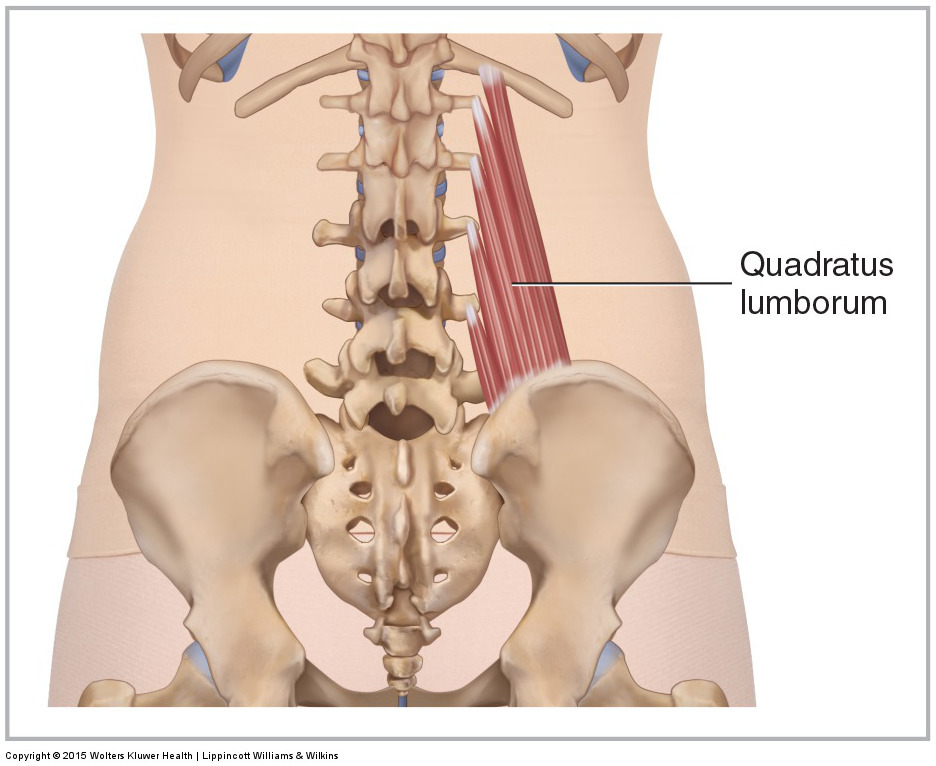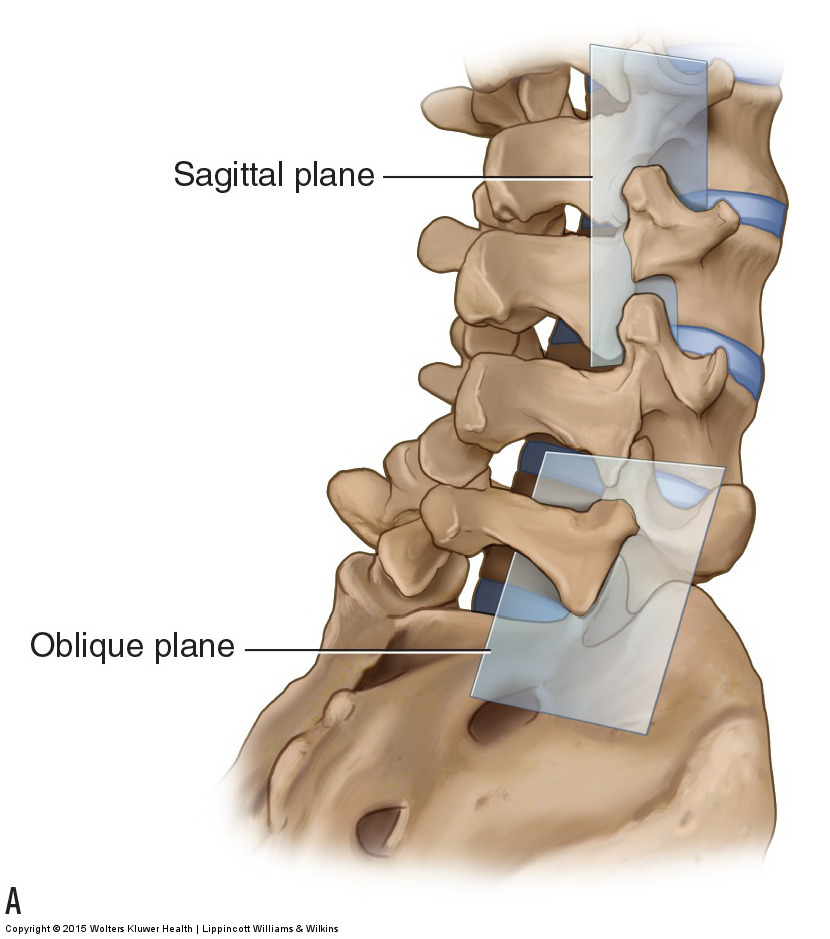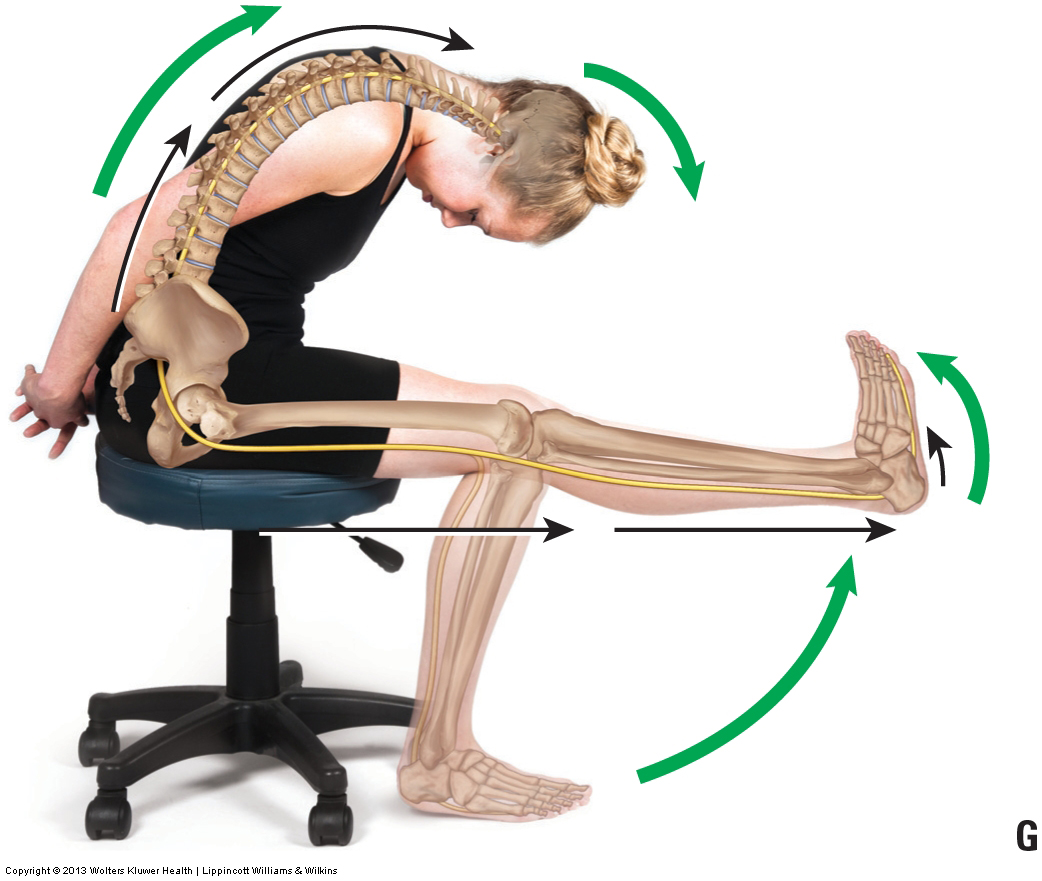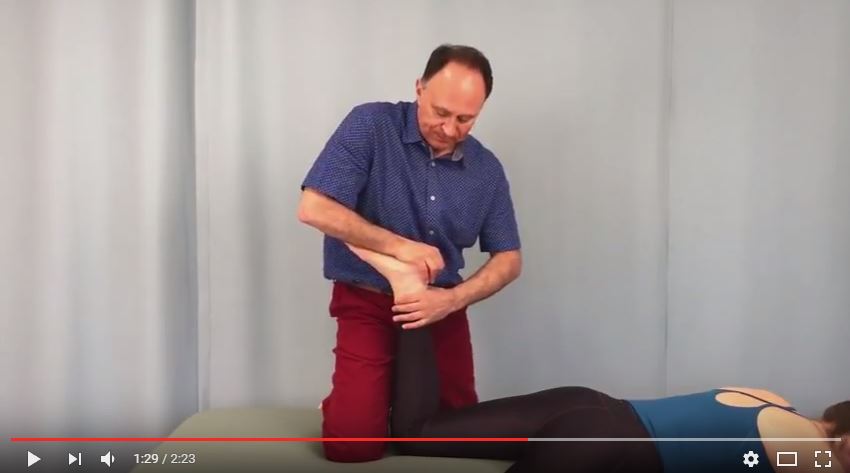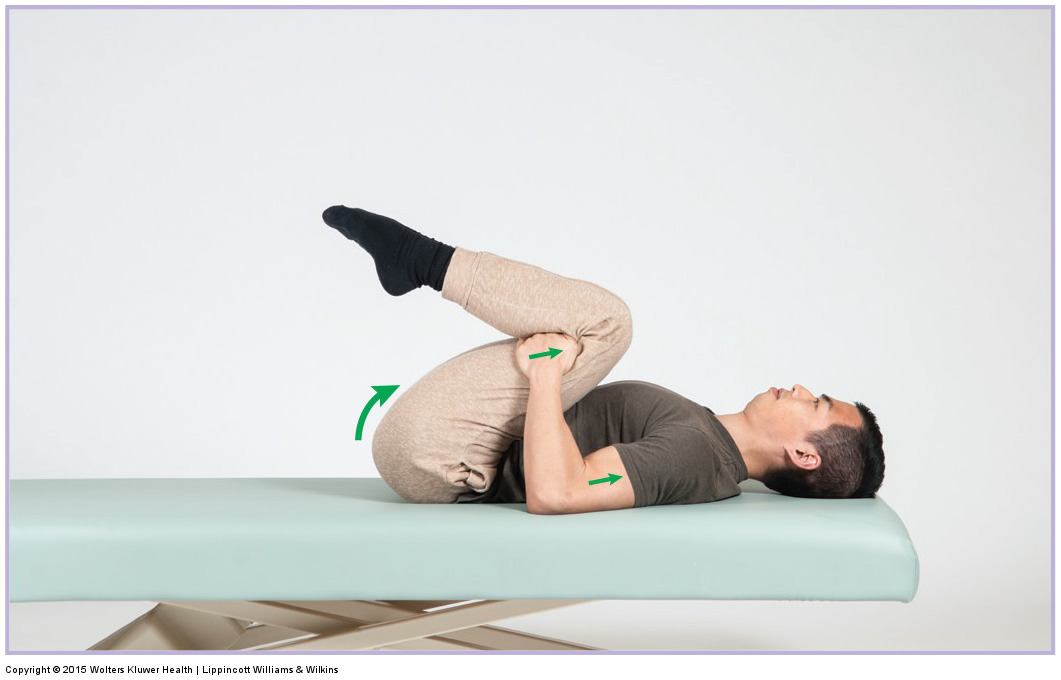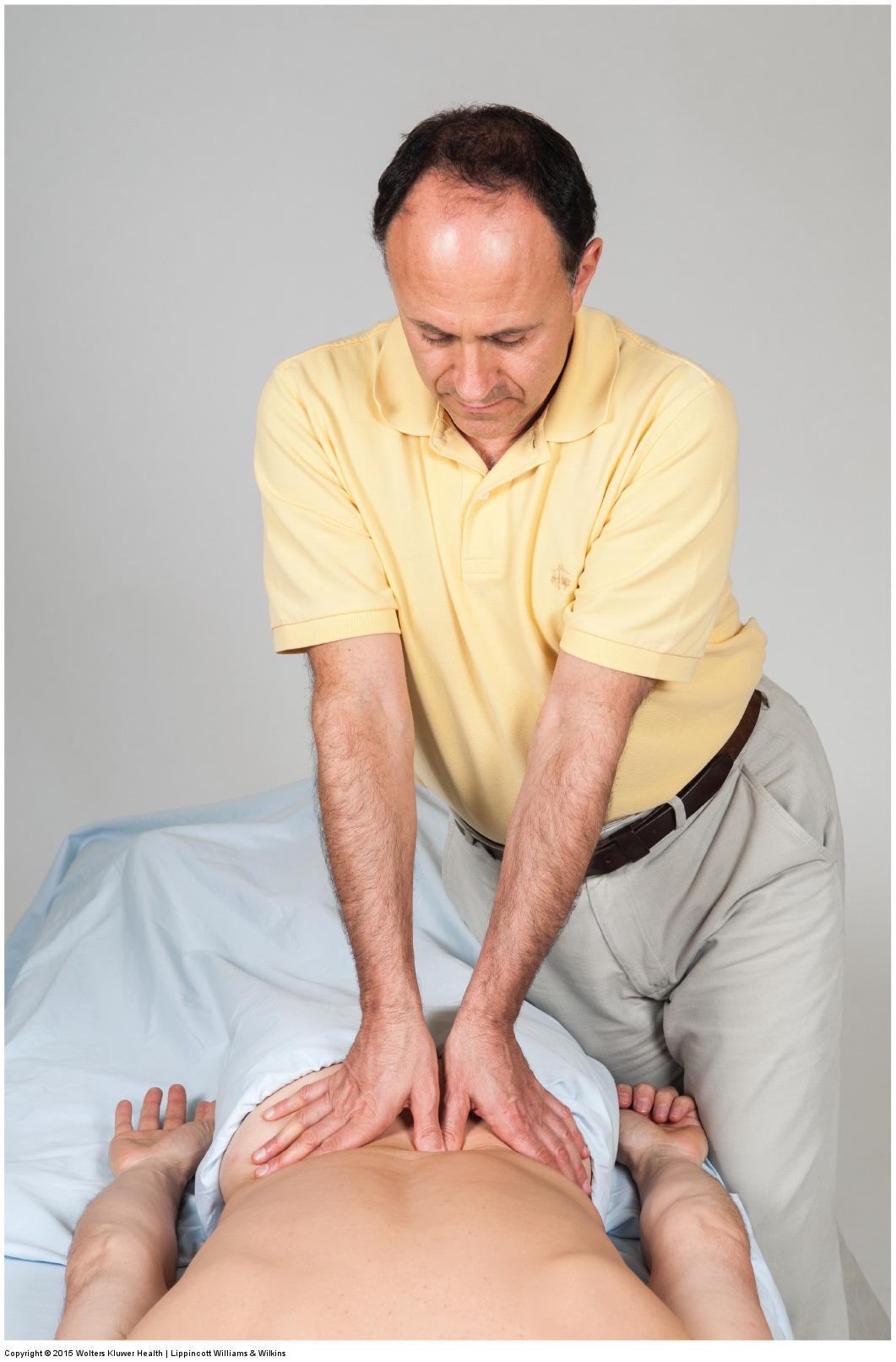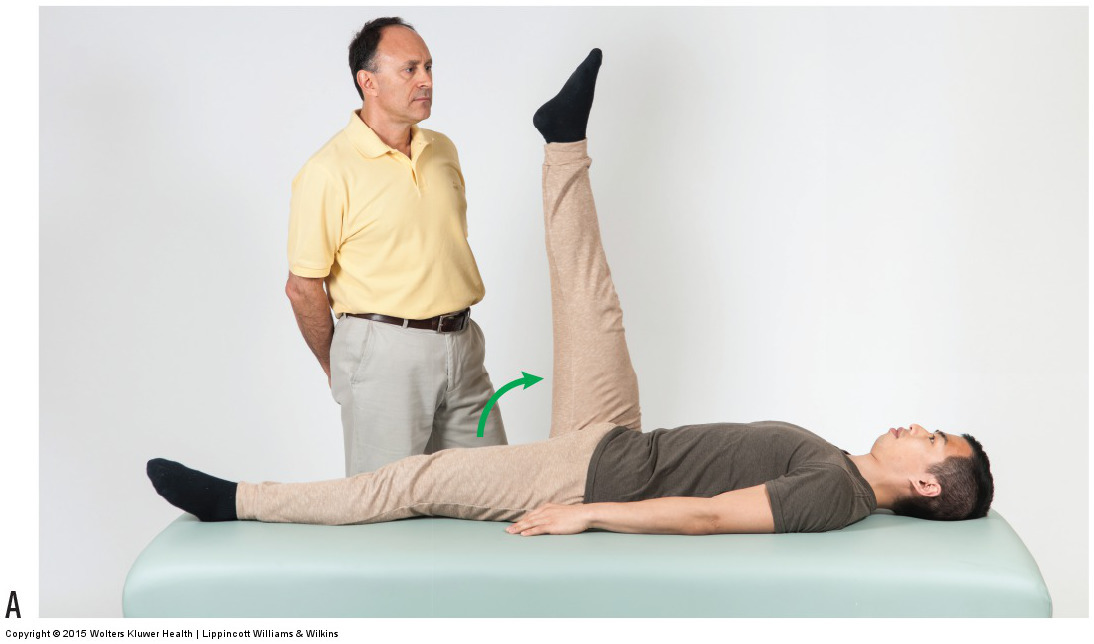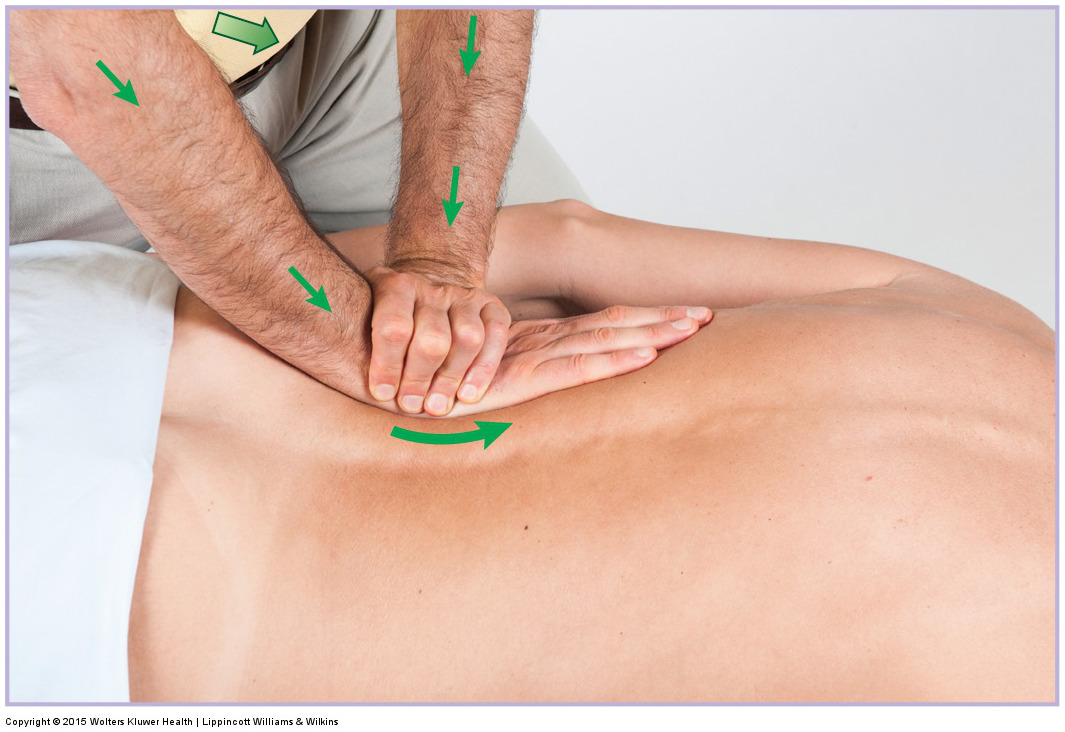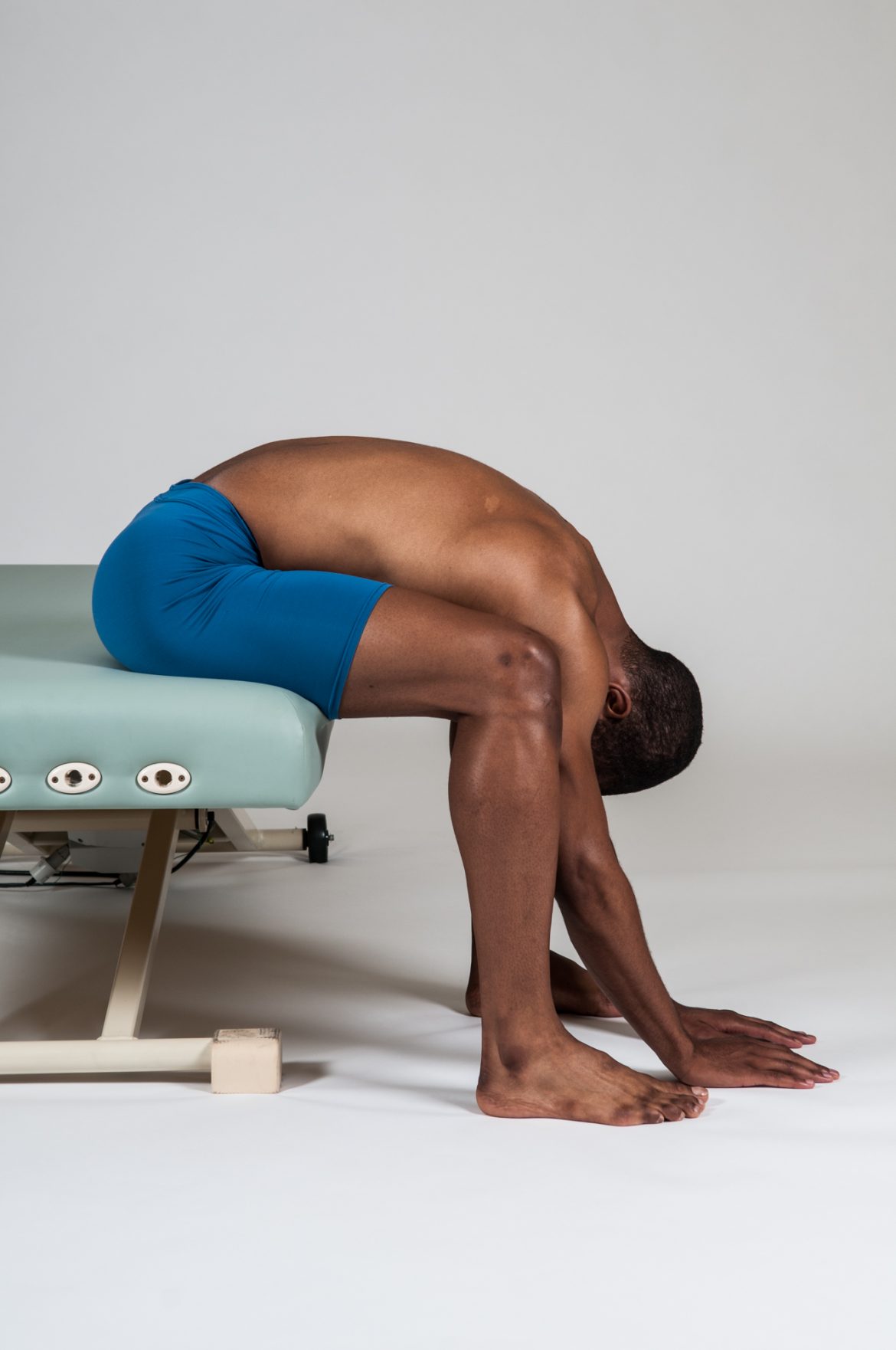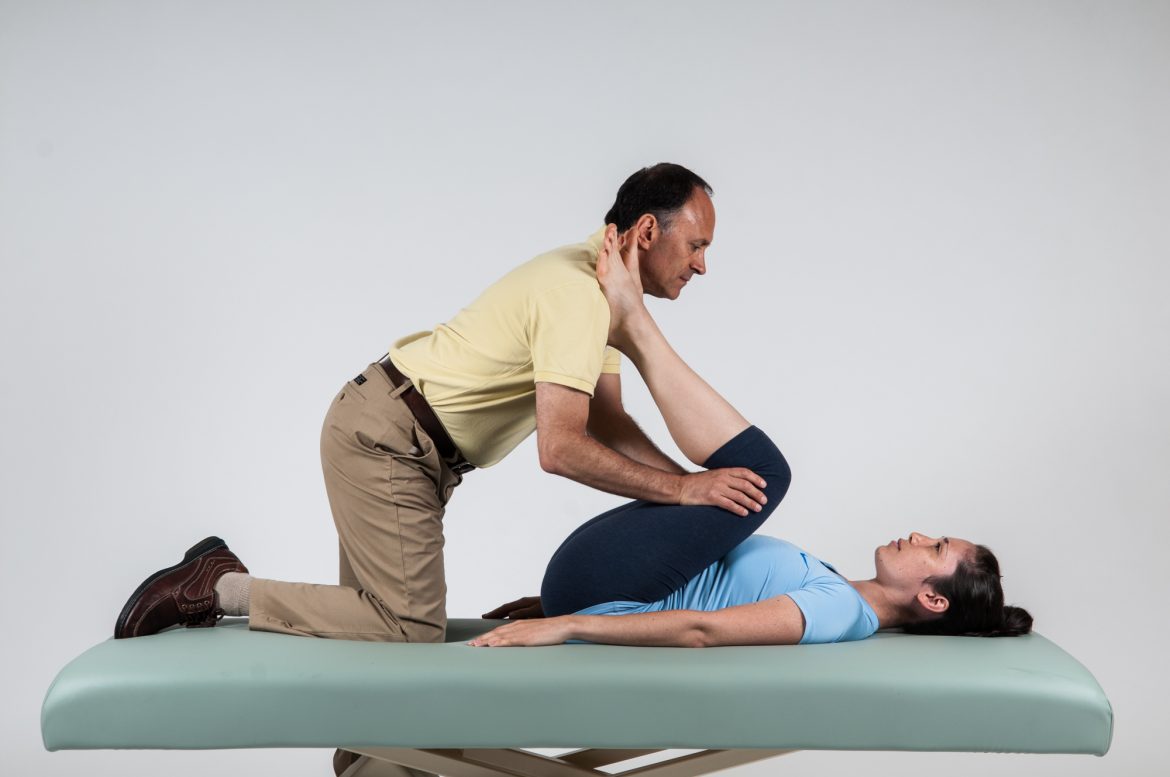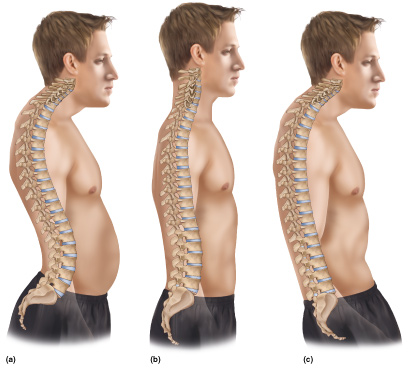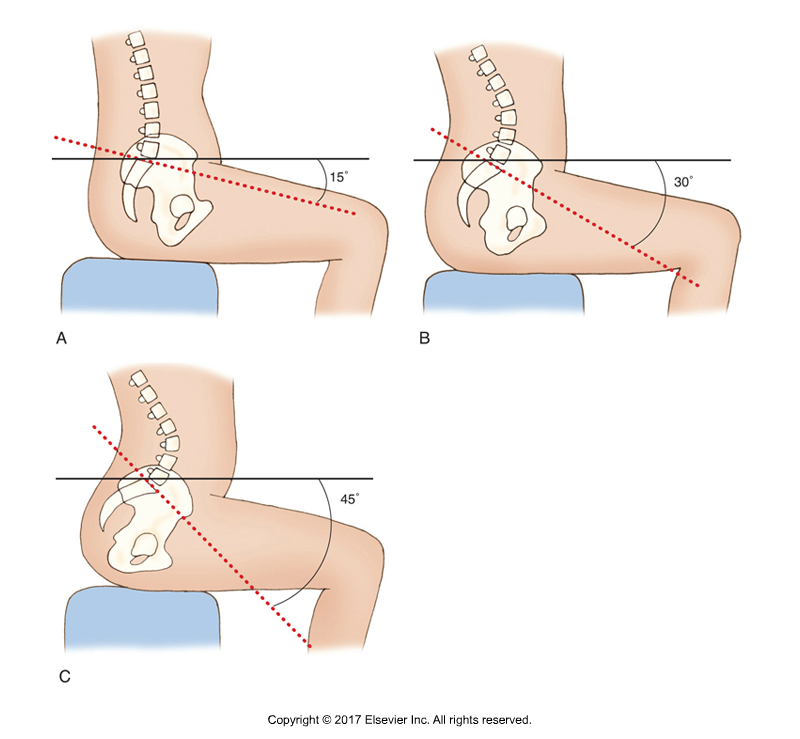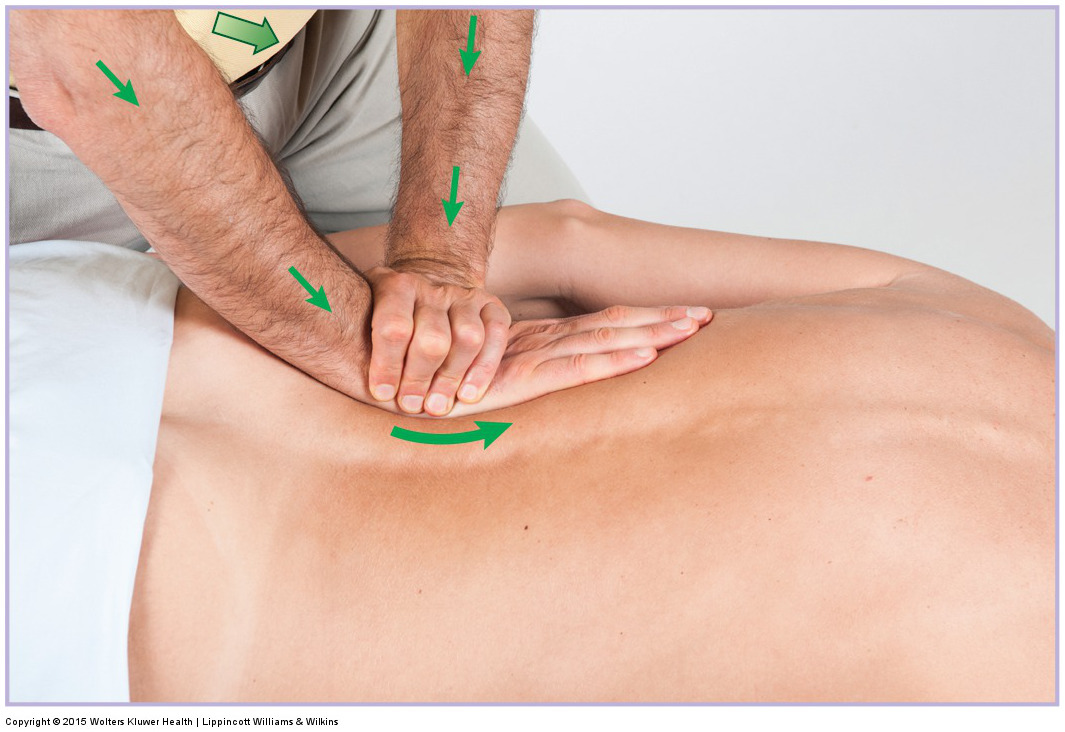These findings of altered movement and glide support the concept that altered mechanics of the sacroiliac joint are correlated with the presence of pain.
Stretching and Strengthening the Spinal Curves
The spine is an incredible structure, with both great stability but also tremendous mobility in all three cardinal planes.
Joint Motion Palpation Assessment of the Lumbar Spine and Pelvis
Motion palpation assessment is performed by bringing the client’s joint to the end of its passive ROM and then gently applying a small, even, steady force.
Lower Crossed Syndrome
The lumbosacral spine should have a healthy anterior pelvic tilt and lumbar lordosis. If they are excessive, the client has lower crossed syndrome.
Spondylolisthesis
Spondylolisthesis is a condition of the spine in which one vertebra slips on the vertebra below it. This condition usually occurs in the lumbar spine.
Sprains and Strains of the Low Back and Pelvis
Sprains and strains are similar in nature. When a ligament or joint capsule is torn, it is termed a sprain; when a muscle is torn, it is termed a strain.
Lumbar Spine Joint Dysfunction
The two most common causes of a hypomobile joint dysfunction are tight muscles, especially smaller, deeper intrinsic muscles, and fibrous adhesions.
Hypertonic / Tight Muscles of the Low Back and Pelvis
Four of the most common causes of tight muscles of the low back (or anywhere in the body) are: overuse, splinting, adaptive shortening, and overstretching.
Ligaments of the Lumbar Spine and Pelvis
The “action” of a ligament is similar to that of an antagonist muscle. If either is tight/taut, it restricts motion to the opposite side.
Muscles of the Lumbar Spine of the Trunk
Structural groups of muscles largely determine functional groups—that is, the structural location of a muscle largely determines its mover function.
Motions of the Joints of the Lumbar Spine
Motions of the lumbar spine: The lumbar spine can move axially and nonaxially in all three cardinal planes (sagittal, frontal, and transverse).
Joints of the Lumbar Spine (disc & facet) and Pelvis
In the lumbar spine, three joints are located between each two adjacent vertebrae: one disc joint and two paired (left and right) facet joints.
Bones of the Lumbar Spine and Pelvis
The low back is defined by the lumbar spine, composed of 5 vertebrae, named L1-L5. The pelvis is defined by the bones of the pelvic girdle.
Psoas Major Function: Spinal Joint Actions – Sagittal Plane
The psoas major’s sagittal plane lumbar spine joint action is by far its most controversial function. The term “psoas paradox” describes this controversy.
Special Orthopedic Assessment Tests – Space Occupying Conditions – Slump Test
The slump test places tension on the spinal cord and PNS. It assesses a space occupying condition of the cervical and lumbar spine, as well as TOS.
FREE DCOMT video – Child’s Pose with Lumbar Flexion Joint Mobilization
Have the client go into yoga’s child’s pose (or restorative pose) after having been lying prone for a period of time. Joint mobilization can be added.
Self-care and medical approaches to tight spasmed muscles in the low back
Self-care for the client/patient with low back muscle spasm should include moist heat followed by stretching. Double knee to chest stretch is beneficial.
What are the causes of low back muscle spasming?
Low back muscle spasming is common because lumbar extensor muscles must contract eccentrically, isometrically, and concentrically whenever we bend forward.
How do we treat spasmed low back muscles with manual therapy?
Manual therapy treatment for low back muscle tightness involves hot and cold hydrotherapy, soft tissue manipulation, stretching, and joint mobilization.
Signs, symptoms, and assessment of spasmed muscles in the low back
The assessment/diagnosis for low back muscle spasming begins with the verbal history and ROM and orthopedic assessment, and is confirmed with palpation.
A manual therapy case study on lower crossed syndrome.
Case Study: Kori is a 30-year-old store clerk. Her low back has been tight for as long as she can remember, but she never had any pain until recently.
What are the self-care and medical approaches to lower crossed syndrome?
For the client with lower crossed syndrome, it is also important to recommend moist heat followed by stretching of the low back and hip flexor musculature.
How do we treat lower crossed syndrome with manual therapy?
If consistent manual therapy care is given, including heat, massage, and stretching, lower crossed syndrome responds very well to treatment.
Signs, symptoms, and assessment (diagnosis) of Lower Crossed Syndrome
Assessment of lower crossed syndrome is made by the characteristic postural dysfunction of increased anterior pelvic tilt with hyperlordotic lumbar spine.
What is lower crossed syndrome and what are its causes?
Vladimir Janda’s lower crossed syndrome is characterized by increased anterior tilt of the pelvis and a hyperlordotic lumbar spine.
How do we treat low back strains and sprains with manual therapy?
For a low back strain / sprain, because the muscles of the low back are so large and powerful, the first goal of manual therapy is to reduce the spasming.

